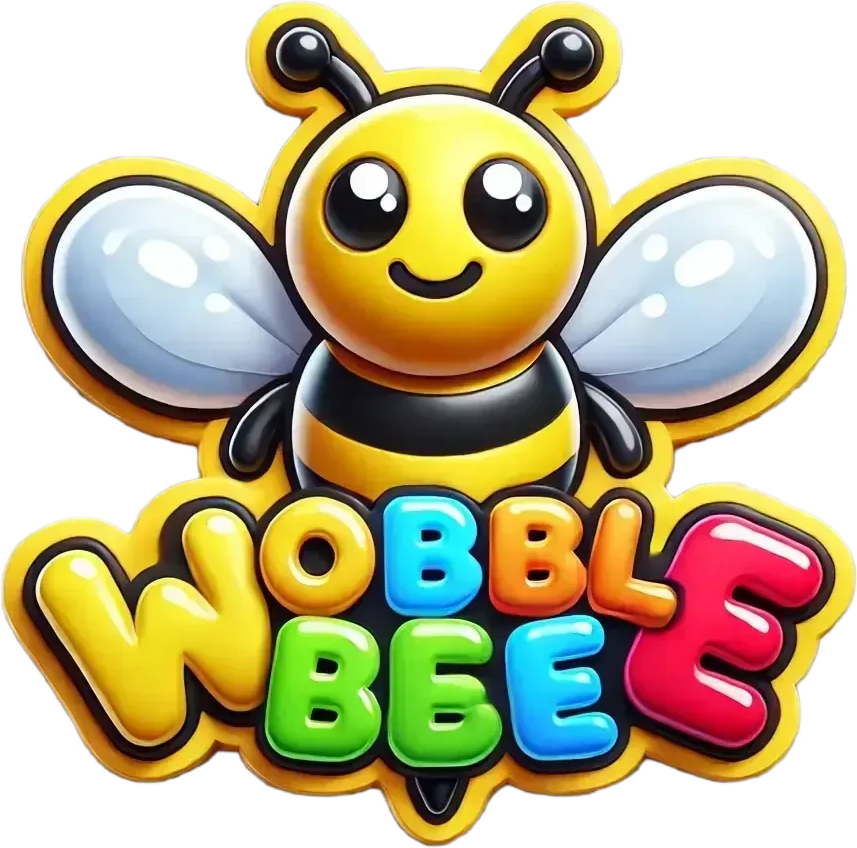Introduction
Drones are an essential part of the honeybee population, and their role in supporting the hive is crucial. These male bees have a unique role to play in the reproduction and survival of honeybees. In this article, we will explore the importance of drones in the honeybee community, their duties and responsibilities, and their overall contribution to the well-being of the hive.
The Role of Drones in the Honeybee Community
The Basics of Honeybee Reproduction
Before we dive into the role of drones in the honeybee community, let’s first understand how honeybees reproduce. The queen bee is the only female in the hive capable of laying eggs, and she mates with drones to fertilize those eggs. The queen stores the sperm from the drones in her body, which she uses to fertilize eggs throughout her life.
Drone Hatching and Mating
Drones are produced from unfertilized eggs laid by the queen, and their sole purpose is to mate with virgin queens from other colonies. Once a drone reaches maturity, he leaves the hive to find a mate. Mating usually takes place in the air, and once the drone successfully mates with a queen, he dies.
The Importance of Genetic Diversity
Drones play a crucial role in the genetic diversity of honeybees. Since drones come from unfertilized eggs, they only have one set of chromosomes, meaning that they pass on all their genetic information to their offspring. This genetic diversity helps strengthen the overall health and resilience of the honeybee population.
The Duties and Responsibilities of Drones
Colony Maintenance
Drones contribute to the upkeep and maintenance of the hive. They participate in cleaning, grooming, and defending the hive against predators.
Temperature Control
Drones are also involved in maintaining the hive’s temperature. During colder months, they cluster together to generate heat, keeping the queen and worker bees warm.
Mating
As previously mentioned, drones’ primary responsibility is to mate with virgin queens from other colonies. Without drones, there would be no genetic diversity in the honeybee population, leading to a lack of adaptation and evolution.
Conclusion
Drones play a crucial role in the honeybee community. From ensuring genetic diversity to maintaining the hive’s temperature and participating in colony maintenance, drones are vital to the survival and well-being of honeybees. We must continue to study and understand their role in the ecosystem to protect and support these essential pollinators.
FAQs
- What is the lifespan of a drone bee? A drone bee’s lifespan is approximately 90 days.
- How many drones are in a hive? The number of drones in a hive varies depending on the time of year and the size of the colony. On average, there are approximately 200-300 drones in a healthy hive.
- Are drones necessary for honey production? No, drones are not necessary for honey production. However, their role in honeybee reproduction and maintaining genetic diversity is crucial to the overall health of the hive.
- Can drones sting? No, drones do not have stingers, as they are not capable of defending the hive like worker bees.
- Are drones necessary for pollination? No, drones do not participate in pollination. Only worker bees, who are all female, collect nectar and pollen for the hive and pollinate flowers in the process.
